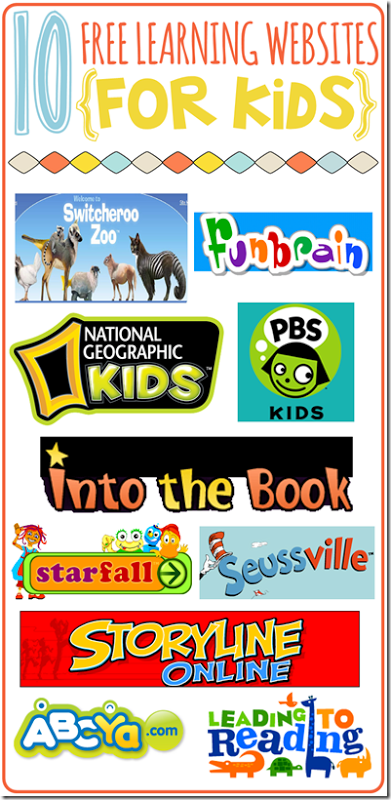
He or she, in turn, chooses someone else in the circle. Start the game by throwing the ball of yarn to one student and explaining how your species is connected to theirs. Then, gather all your students in a circle. Once your students have had a chance to try the activity on paper, assign each of them (and yourself) a species from the forest ecosystem and give them a matching species name tag. You can also get your class onto its feet by turning this activity into a game: all you need is a ball of yarn and some name tags. As kids connect these species together, they’ll come to understand that every species is essential for an ecosystem to stay healthy, no matter how big or small. This simple activity from Project Learning Tree introduces kids to food webs and food chains using the example of a forest ecosystem with many different species of plants and animals. However, sometimes it’s impossible to venture outside, and it’s also important for kids to consider ecosystems other than their own.

Getting students to think about the natural environment that surrounds them is a great first step in helping them understand how ecosystems work. Weaving Energy and Food Webs in the Classroom Once you have started these journals, students can continue using them over several days or even weeks to track the gradual changes from one season to another, monitor the progress of a garden or potted plant, and describe dramatic weather events. What do they eat? Where do those plants or animals get their energy? What kinds of predators do they need to watch out for? You could even ask them to imagine a day in the life of one of the animals they saw. Perhaps they observed a cat hunting mice, a robin harvesting twigs for a nest, or a hummingbird feasting on nectar. To get students thinking more about how energy works in ecosystems, have them write down how different animals, plants, and even fungi they encounter (or learn about) might be connected. Ask them to choose an animal they saw in their area and write a mini-report about it.

You might even have them think about how outdoor cats and dogs participate in the ecosystem too!Ĭombine lessons in science with literacy by encouraging your students to keep a small journal of their schoolyard, park, or neighborhood wanderings. Ask them, either during the walk or back in the classroom, what each animal eats and how it might be connected to other animals, to trees, and to humans.

Take your students on a walk around the school grounds, or through a nearby garden or park, and ask them to make a list of all the different animals they see: birds, insects, mammals, lizards. Even in the largest cities you can find sparrows surviving on seeds, bees circling around flowers, and squirrels snacking on berries, all participating in the same network of energy, co-dependence, and survival. We all live in incredibly rich ecosystems, whether or not we’re aware of the environmental diversity around us. These hands-on activities enable your students to learn about ecosystems by exploring their own community and by building their own. But to really understand how absolutely interconnected all life forms in an ecosystem are, it helps to experience those webs first-hand, inside and outside the science classroom. We learn in school that everything is connected, from birds, insects, fish, dirt, and trees to our pets, our food, and ourselves.


 0 kommentar(er)
0 kommentar(er)
